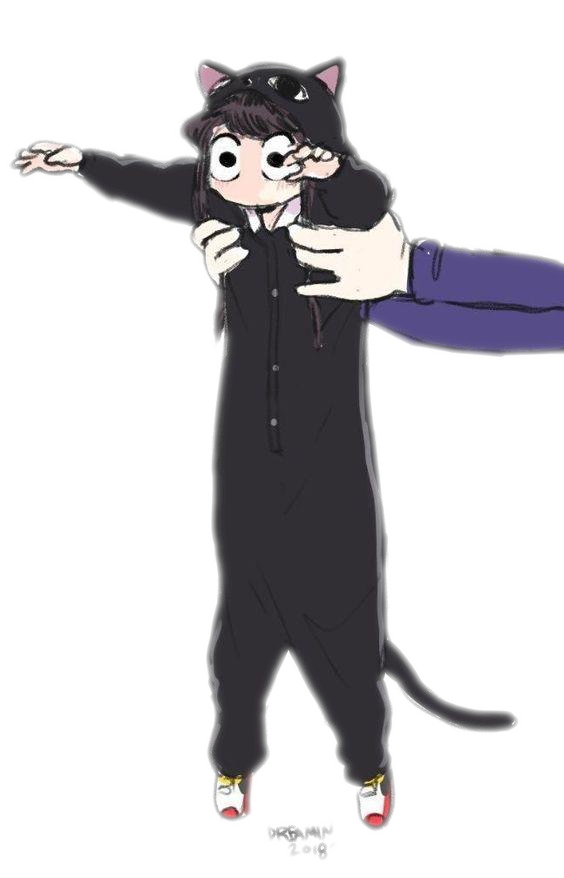What is identity on the internet?
13 May 2021 | 3 minutes to readAn identity can be seen as a one or more connected graphs made up of accounts, interactions, content, and meta-data. The properties of an identity are linked together by common nodes and edges. Each new interaction adds more data or nodes to the graph. As your graph of identity grows, an outside viewer can link together accounts and identities you have across the internet more easily and build a bigger picture of who you are as a digital citizen and as a person.
An identity can be identified by being a single connected graph made up of sub-identities or accounts that are linked together by common nodes. An example could be an identity made up of 4 accounts: email, Facebook, Instagram, and Reddit. Each account is it’s own sub-graph, containing all the interactions performed using that account. For example, the Facebook sub-graph would contain all the posts made, all the comments on other posts, likes, reactions, everything. The email node would be linked to each of the other nodes since it was used to create the accounts. Even if the Reddit account makes no reference to the Facebook or Instagram account, they all share the common link to the email node.
 Example of a Facebook Account Graph
Example of a Facebook Account Graph
Links are created by a variety of interactions a user makes across accounts and services. They are also created by interactions outside of services like browser properties, hardware properties, These are accounts created to interact with specific services like Reddit, Twitter, Facebook etc. A user may have zero, one or more accounts on a given service, which may or may not be linked based on how the accounts were setup and how they interact with each other.
Hard links are direct relations between nodes. They link two accounts or sub-identities in a non-ambiguous way. This is stuff like using the same email to create two accounts, using the same username. It creates a direct link one could trace that links two accounts. Hard links are also created when you use one account to sign into multiple, separate services. Many services provide login through external providers like Google, Facebook and Apple. It makes the new account easier to manage, but it also links the two accounts and makes the services aware of each other.
Soft links could be things like posting the same photo, sharing the same thing, or having two identities interact with the same thing in a similar manner. If you post an image to your Facebook, then later post the same image “anonymously” on 4chan, a soft link could be created between the two. While it does create a link between interactions, it could have been posted by anyone who had access to the original image. It would be impossible to 100% confident the posters were the same, but if an attacker was able to create more and more “soft links” between interactions, and lower the identity uncertainty.
 A sub-graph generated from a Facebook Account
A sub-graph generated from a Facebook Account
Just analyzing an accounts “activity hours” can allow someone to identify roughly what time zone an identity is based in.
To be anonymous is to having a set of accounts and profiles separated from others. In order for an identity to be truly anonymous, the identity graph must certainly not share any hard links with any other identity. Soft links might be fine, but the more of them there are the less separated and anonymous an identity is.
Having a truly anonymous identity on the internet is extremely difficult in today’s world. The more anonymous you want to be, the more effort it takes. This has just focused on links between accounts, but you also have to consider things like hardware, internet uplink, and browser choice/settings. At the end of the day, you’re only anonymous as the amount of effort you put in to it (and probably less than you think).
Updated 2021-07-02: Added Facebook graph images
Polish: 5
